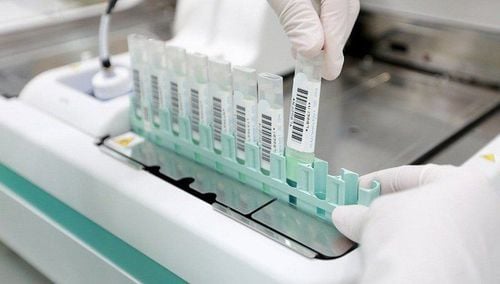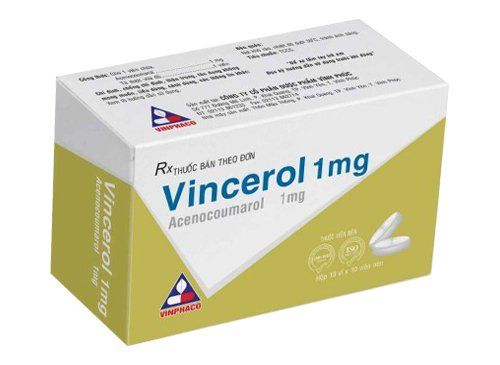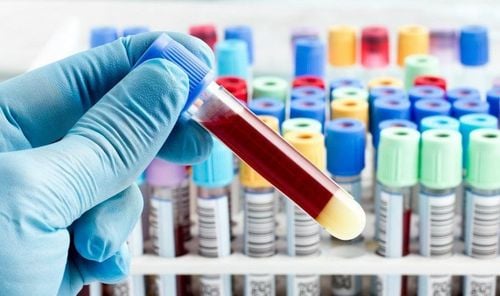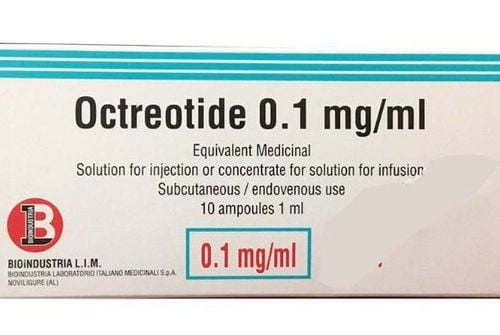This is an automatically translated article.
Articles written by MSc. Le Thi Na - Hematology Doctor - Laboratory Department - Vinmec Times City International Hospital
Blood clotting has a very important role, directly affecting human health and life. Therefore, when the body has an abnormality between clotting factors and anticoagulants, if not detected early and treated promptly, the patient will face many dangers. Coagulation function tests will help doctors detect abnormal substances that stop bleeding and clotting.
Blood has two components: cells and plasma. Blood cells include red blood cells, white blood cells, and platelets. Plasma is composed of clotting factors, antibodies, hormones, proteins, minerals, and water.
Under physiological conditions (normal), hemostasis protects the body by preventing blood from flowing out of the blood vessels, without embolism due to coagulation, is a complex physiological interaction process, the final result together, creating a "clot" of blood. When the vessel wall is damaged, the bleeding is stopped by platelet adhesion (primarily) and/or coagulation at the site of the damaged vessel wall.
The process of hemostasis and coagulation takes place thanks to many functional factors, including two components, platelet cells and blood clotting factors in the blood plasma. Coagulation disorders may increase the risk of bleeding and/or clot formation and thrombosis.
As soon as a "clot" is formed, stopping the bleeding process, the process of dissolving (partial) "clot" of the blood clot takes place to return the ventilation to the vessel, avoiding the risk of embolism.
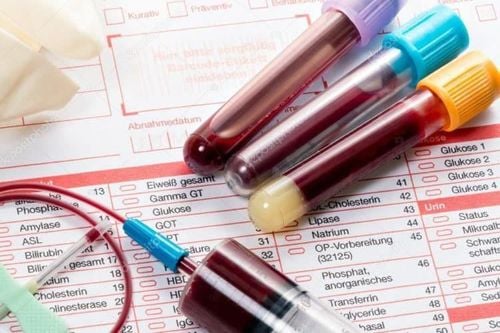
Rối loạn đông máu có thể làm tăng nguy cơ chảy máu
1. Initial hemostasis stage
The hemostatic activity is activated as soon as there is damage to the vascular wall, revealing the collagen layer of the vessel wall (normally masked by endothelial cells). The platelet membrane surface glycoprotein Ia/IIa receptors bind specifically to collagen, which is then "reinforced" by a protein (von Willebrand factor - vWF) that forms associations between platelet glycoprotein Ib/IX/V and platelets. collagen fibers.
Collagen-binding platelets are activated, through secretions that activate other platelets. Activated platelets change shape, exposing phospholipid surfaces required for the adhesion of coagulation factors. Fibrinogen binds platelets close together by creating bonds.
2. Plasma coagulation phase
The process of activating clotting factors that produce a "clot" includes two pathways, contact activation (endogenous pathway) and tissue factor activation (exogenous pathway) but the resulting Both lead to the formation of fibrin that forms a "clot" of the blood.
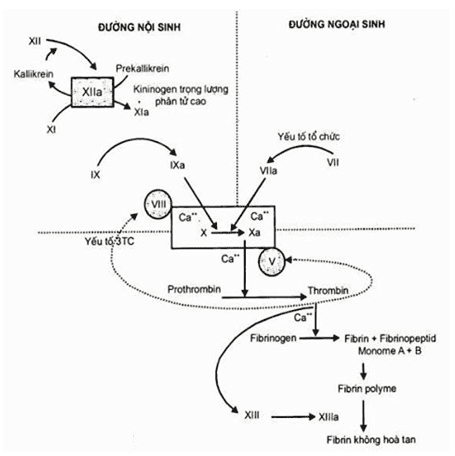
Sơ đồ đông máu huyết tương
3. The fibrinolytic phase
The basic purpose of fibrinolysis is to restore clearance to the lumen of the blood vessel containing the clot. The main enzyme of this process (plasmin) is regulated by factors that promote activation and inhibition of activity to partially dissolve the "clot" of the blood.
4. Clinical significance of blood coagulation and hemostasis function tests
In the body there is always a balance between clotting factors and anticoagulant factors to ensure a dynamic balance between the two "forces". When there is an abnormality of one or more of the above factors (both coagulation and anticoagulant), there can be consequences affecting health, even human life.
In medical examination and treatment activities, there are blood tests to help detect abnormalities of hemostasis and coagulation. Includes:
Screening tests, to detect whether or not hemostasis and coagulation disorders; determine the group of factors affecting hemostasis and coagulation: Platelet count, platelet function, APTT, PT, Fibrinogen, TT. In-depth testing aims to “identify” affected factors to help find “specific” interventions. Depending on the test results, the doctor will advise the client: whether or not a blood clotting disorder; if yes, what kind of disorder; Is there a need for "adjustment" intervention, how to intervene, prevent disease,...
In order to detect abnormalities in the blood early, you should have periodic health checks from which to have a treatment plan. achieve optimal results. Vinmec International General Hospital has general health checkup packages suitable for each age, gender and individual needs of customers with a reasonable price policy, including:
Kim's general health checkup package outline Vip General Health Checkup Package Special General Health Checkup Package Comprehensive General Health Checkup Package Standard General Health Checkup Package Patient's examination results will be returned to your home. After receiving the results of the general health examination, if you detect diseases that require intensive examination and treatment, you can use services from other specialties at the Hospital with quality treatment and services. outstanding customer service.
Customers can call the hotline or register for an online consultation with Vinmec HERE.





